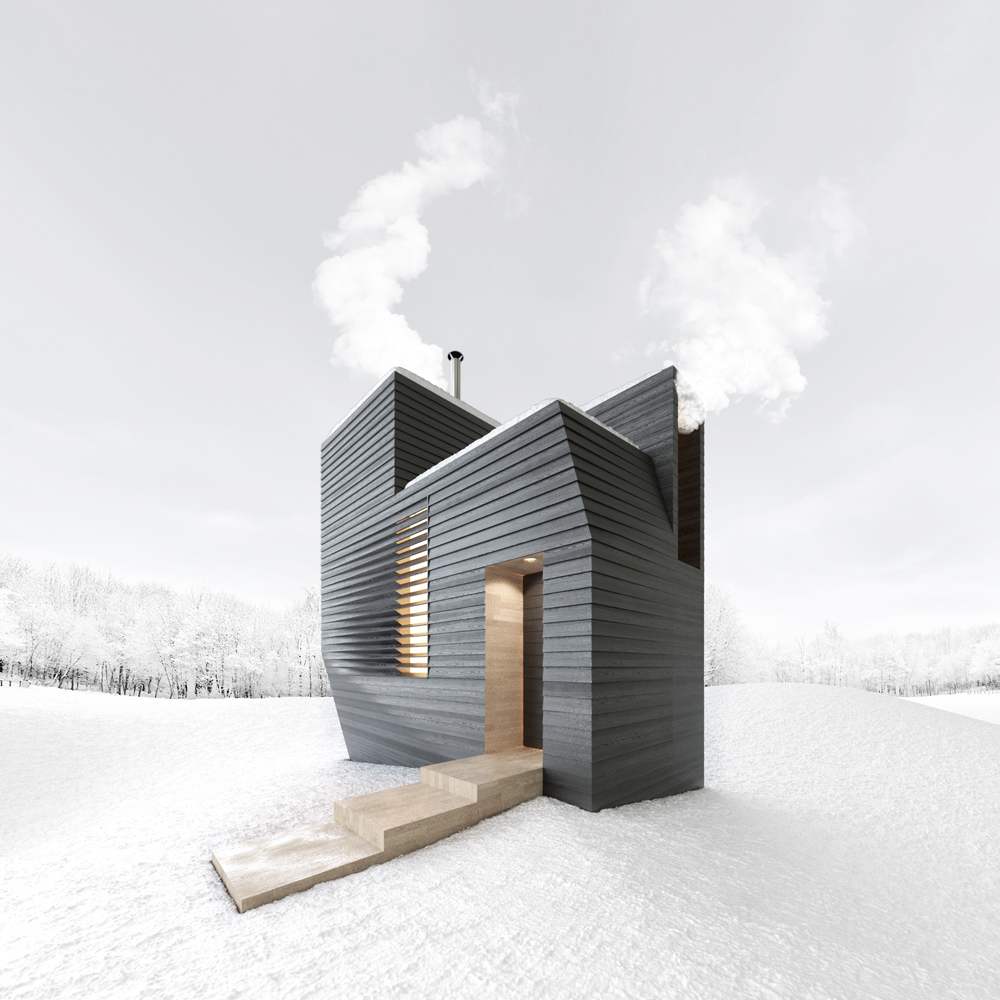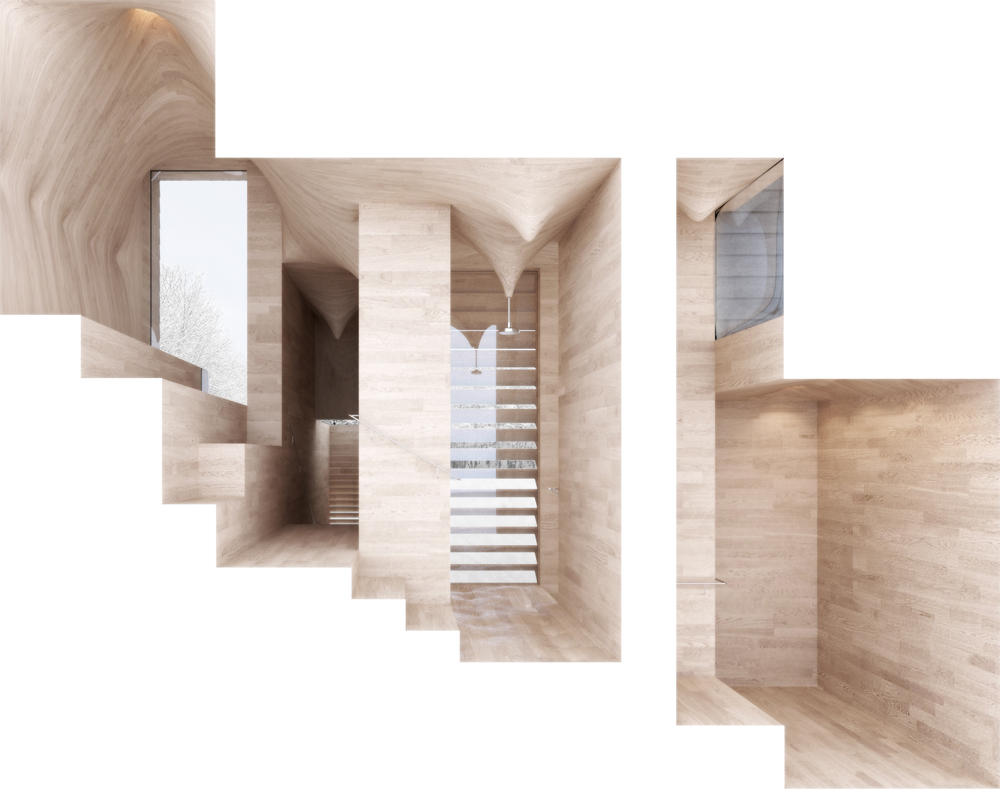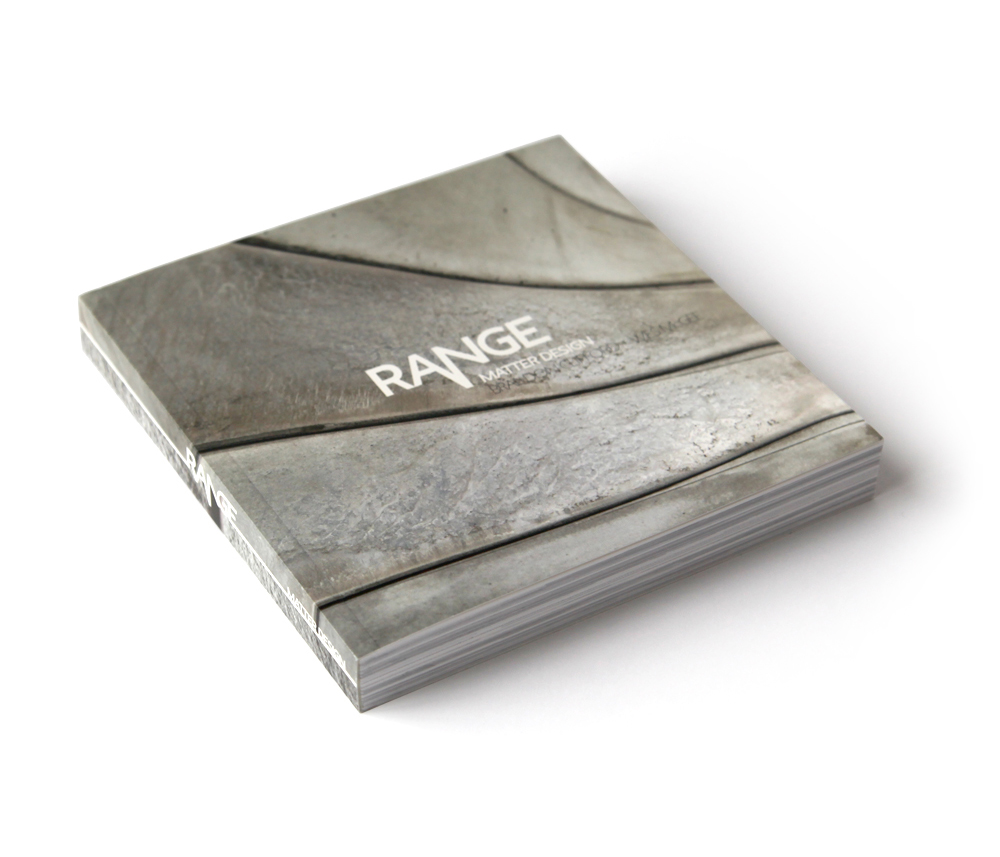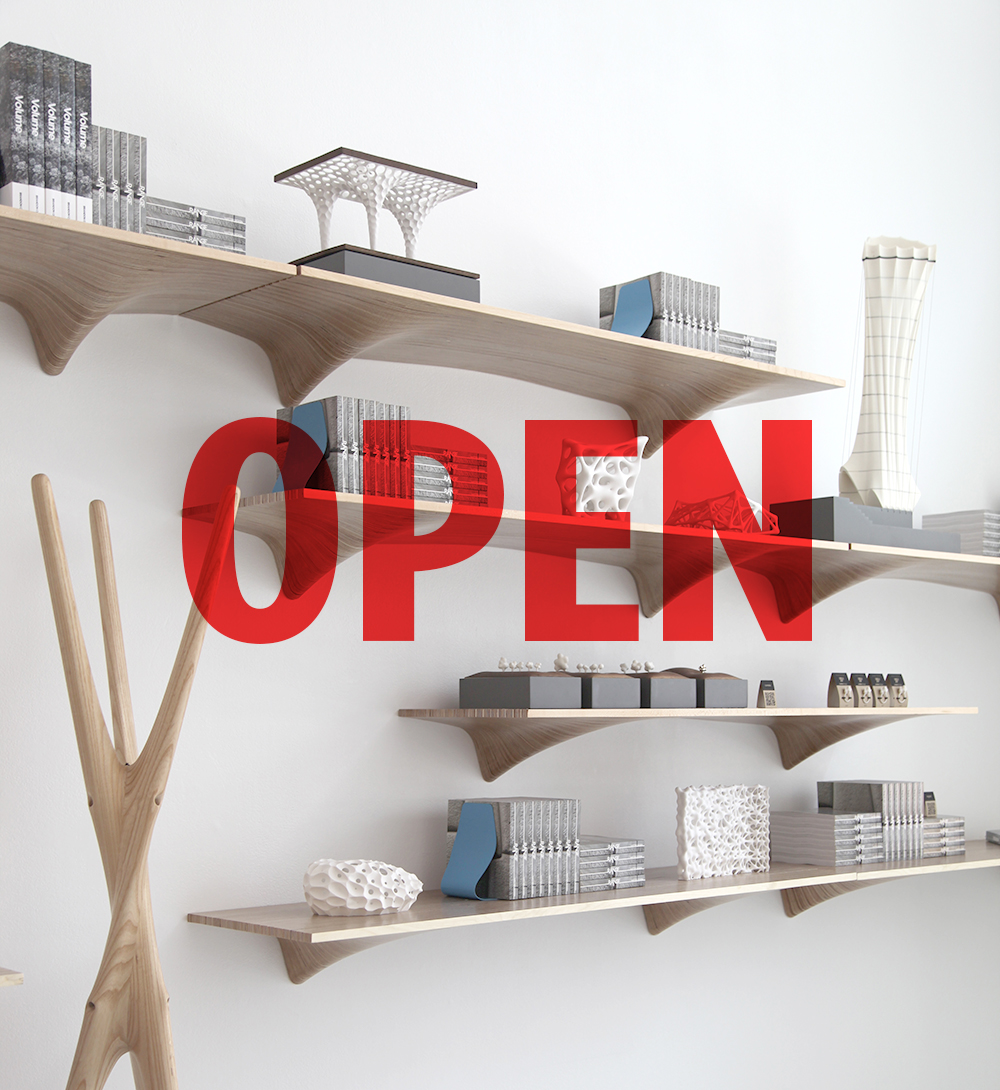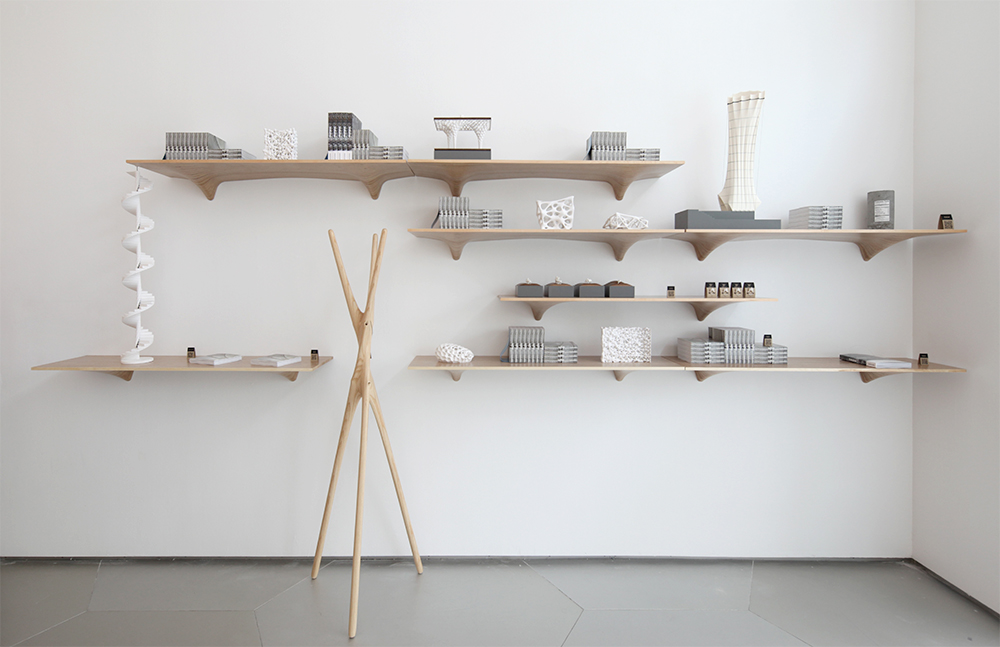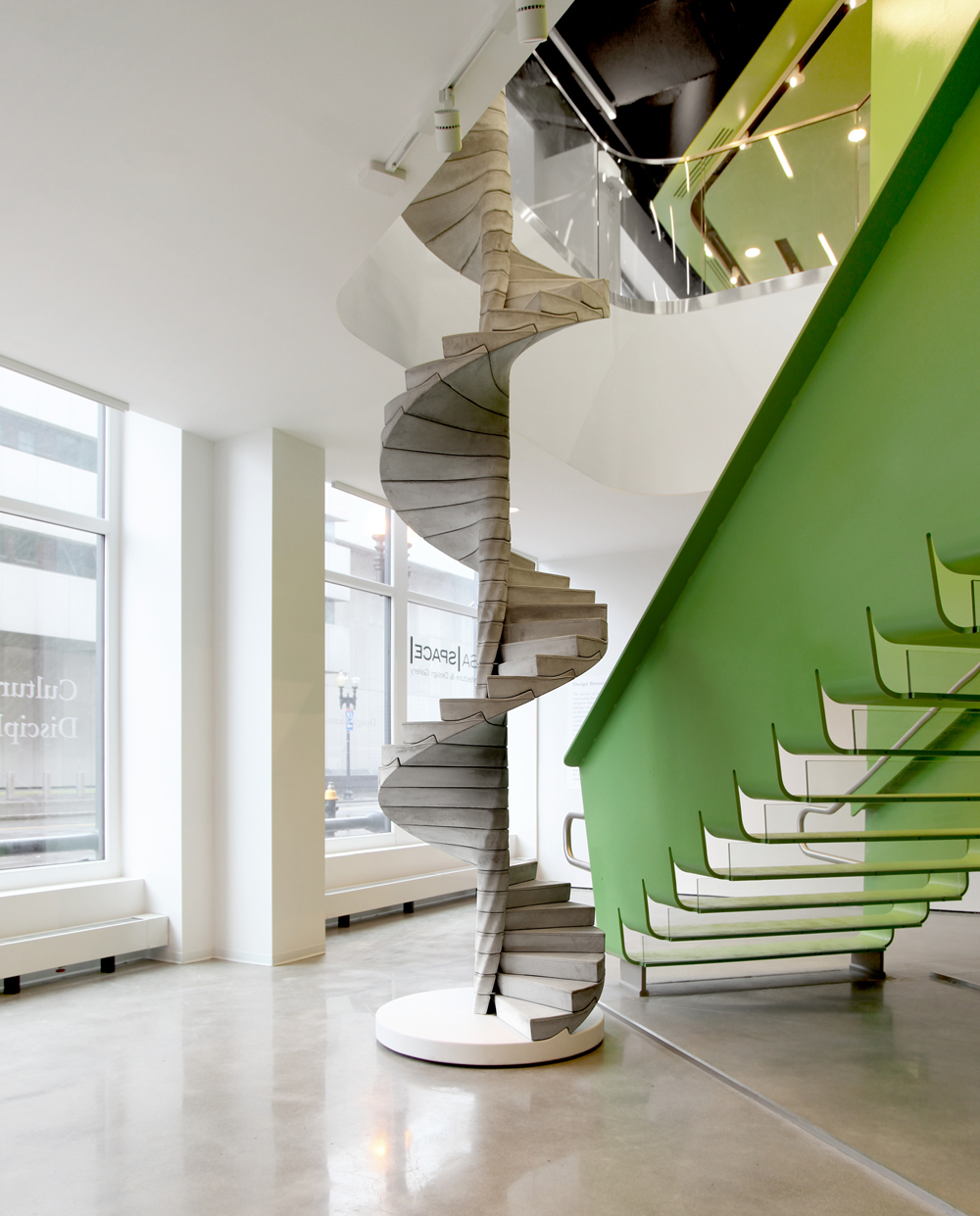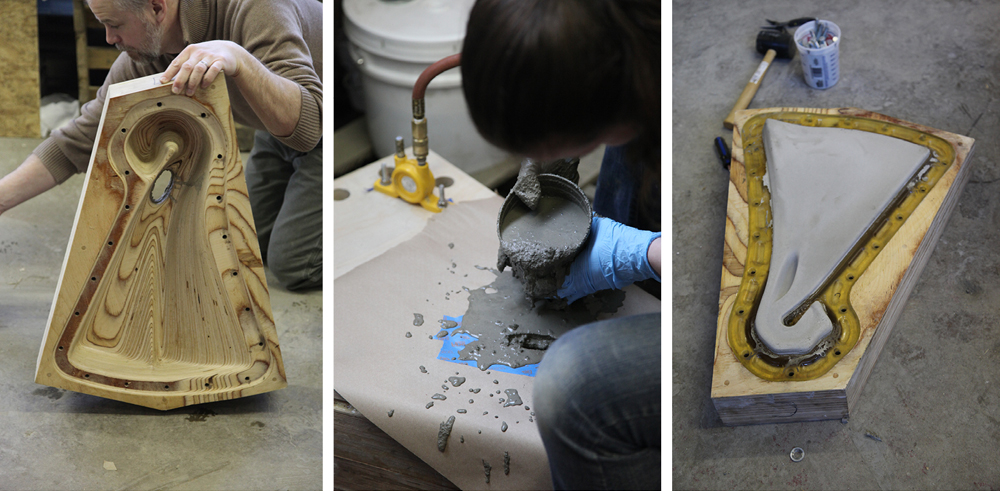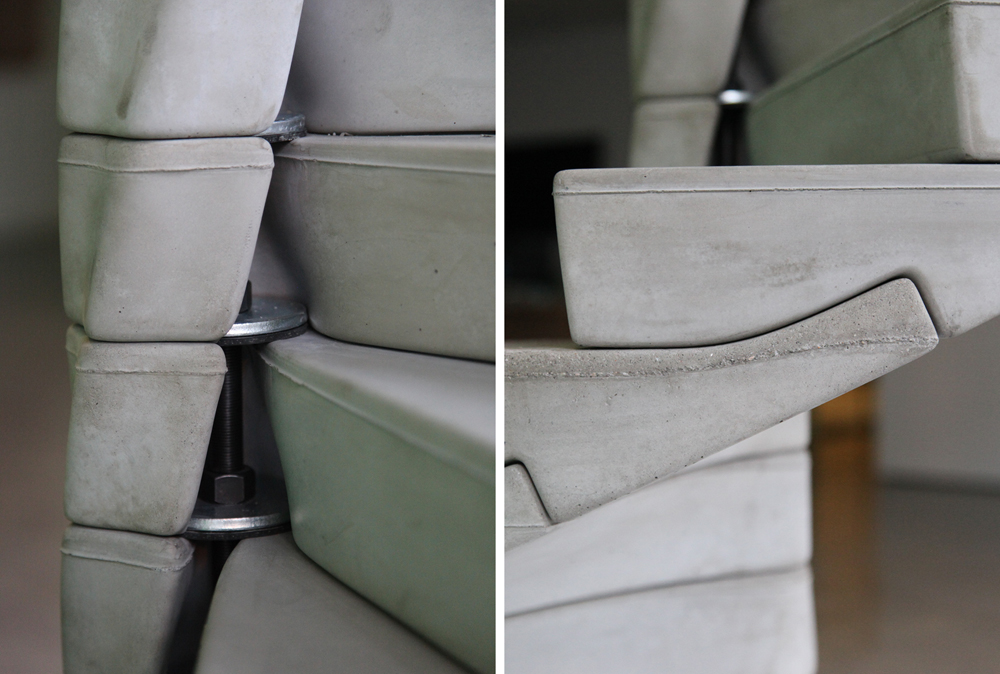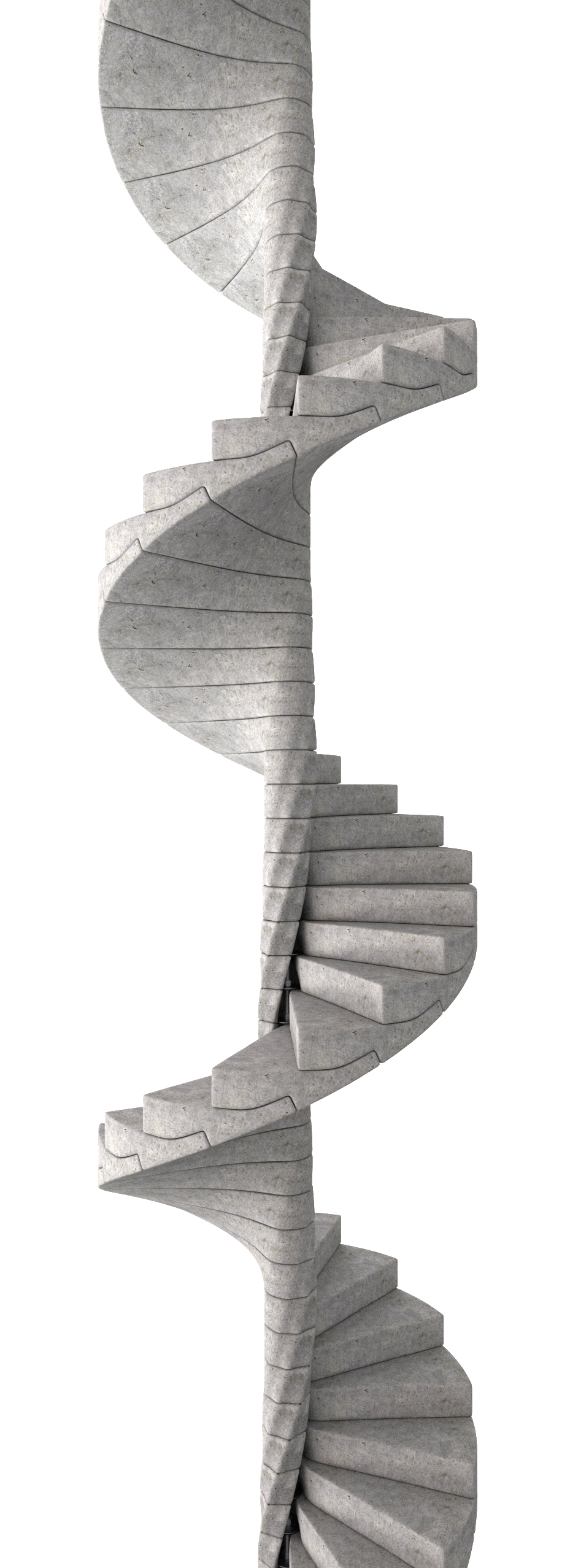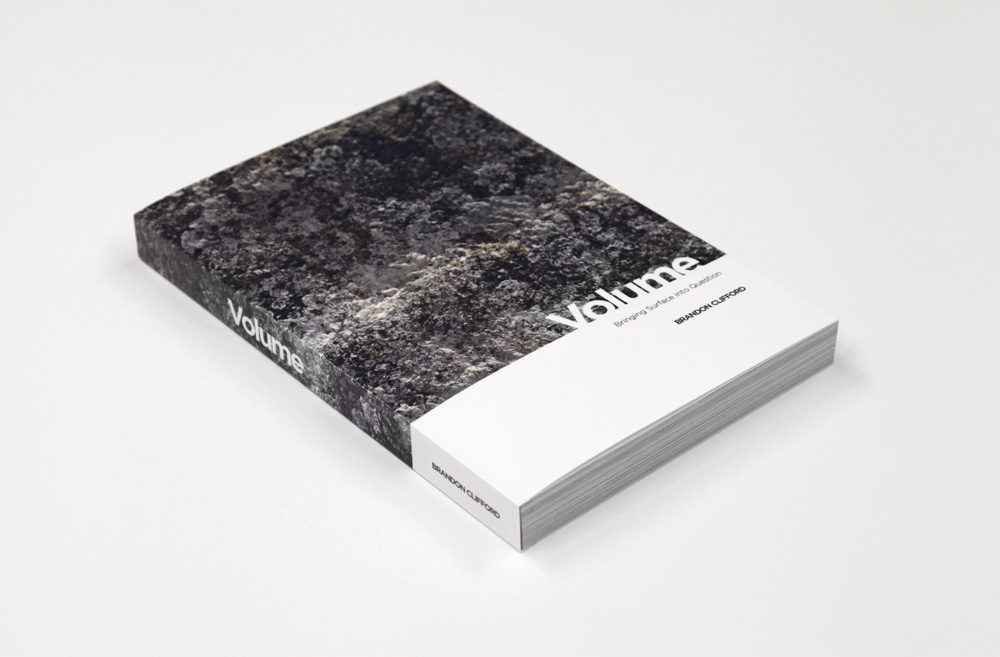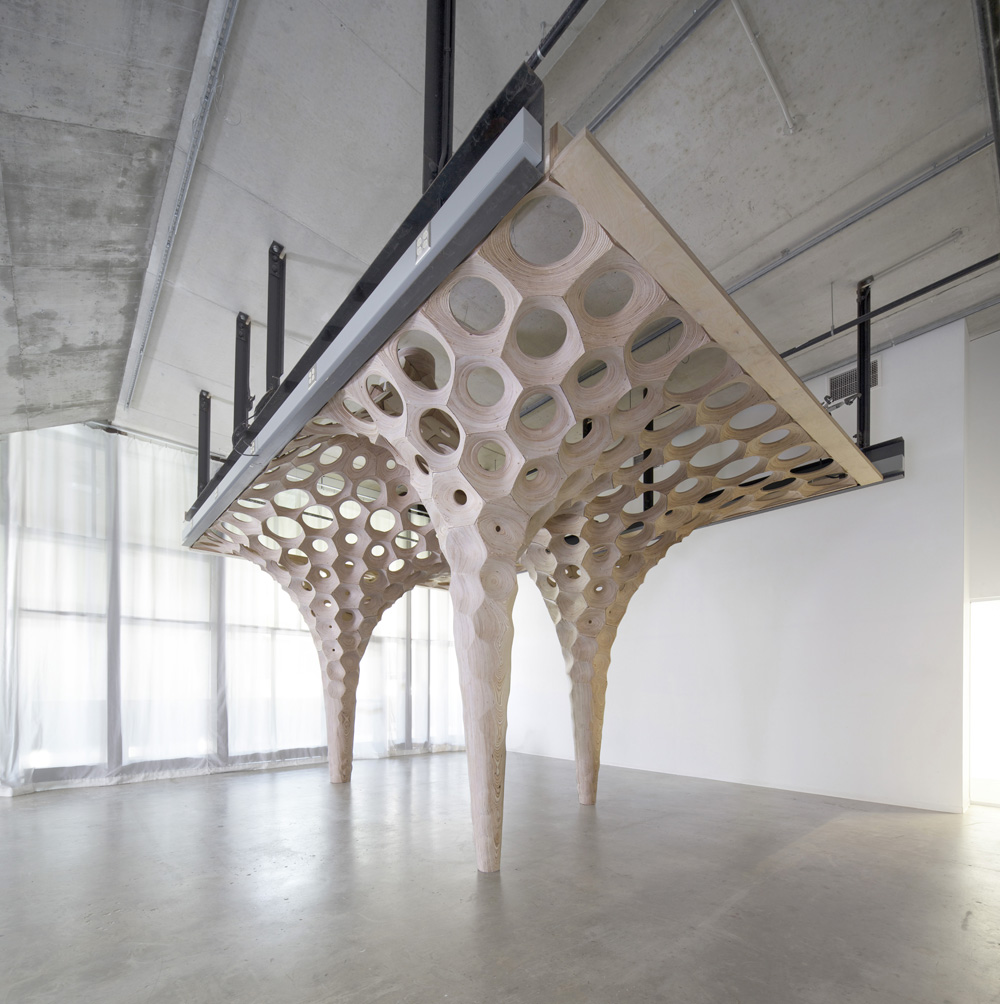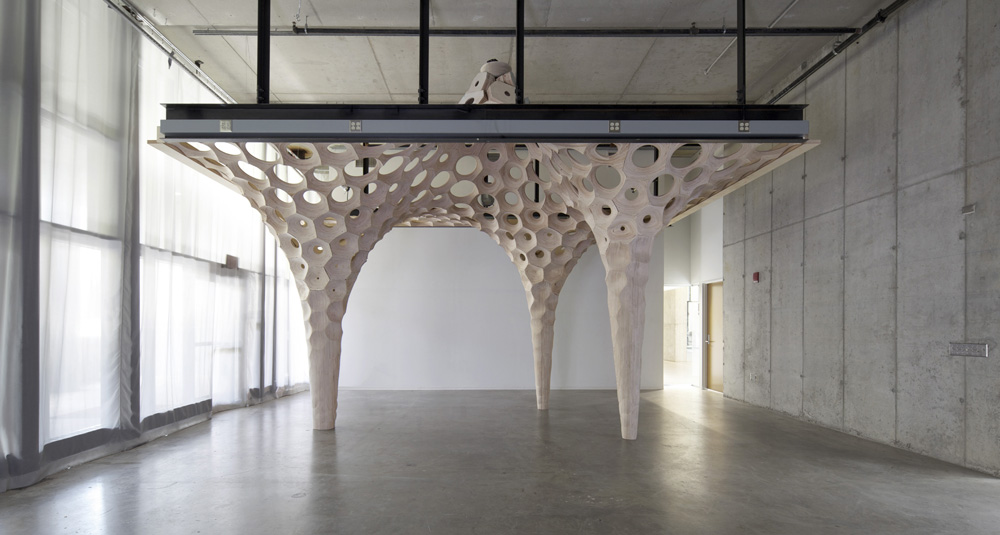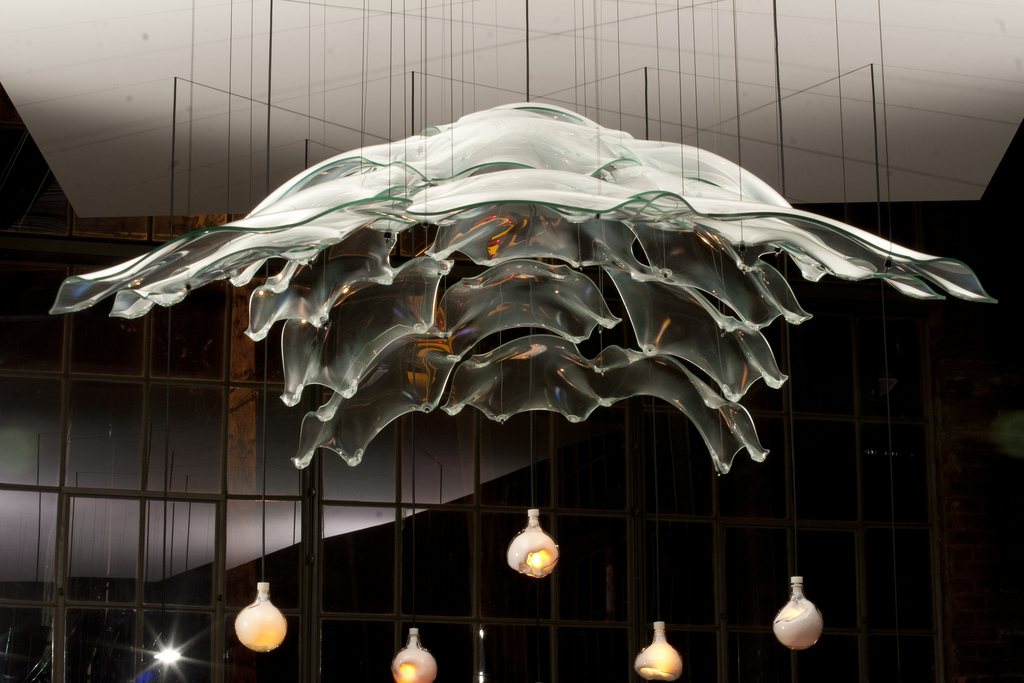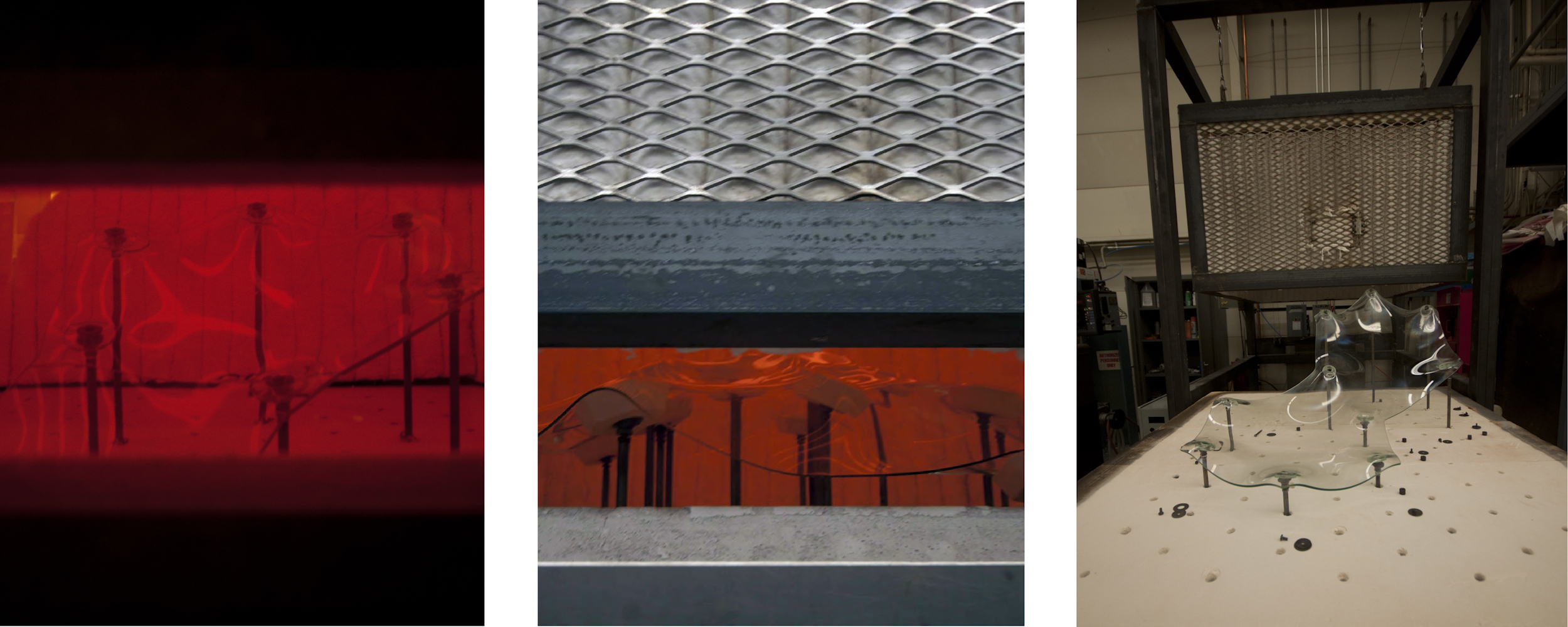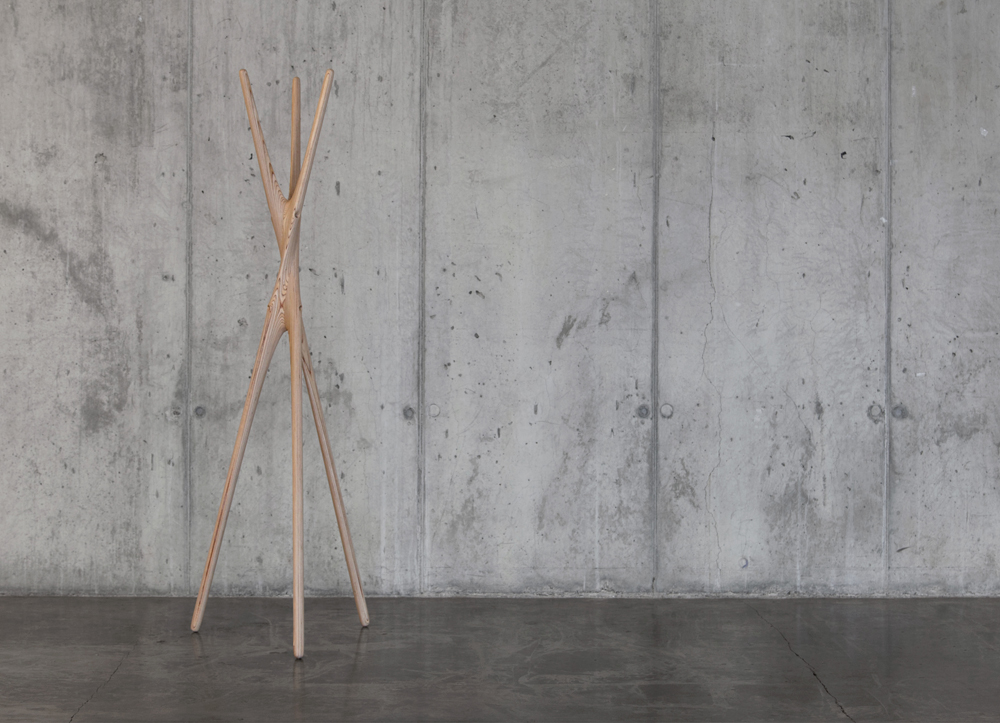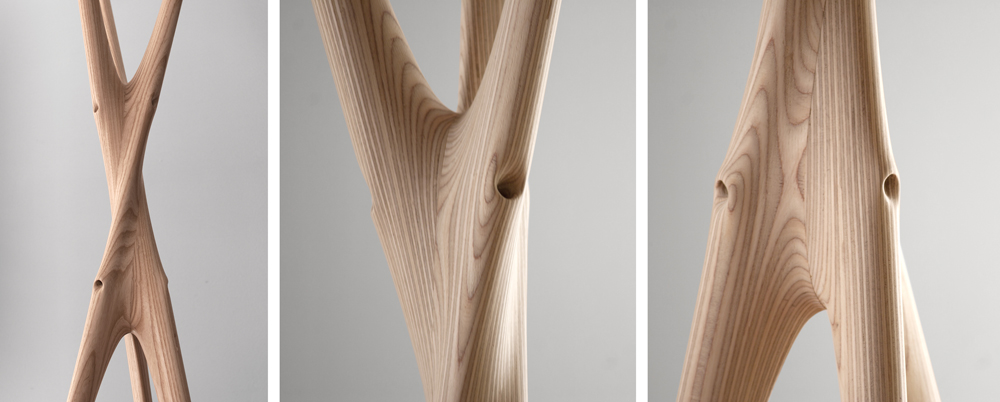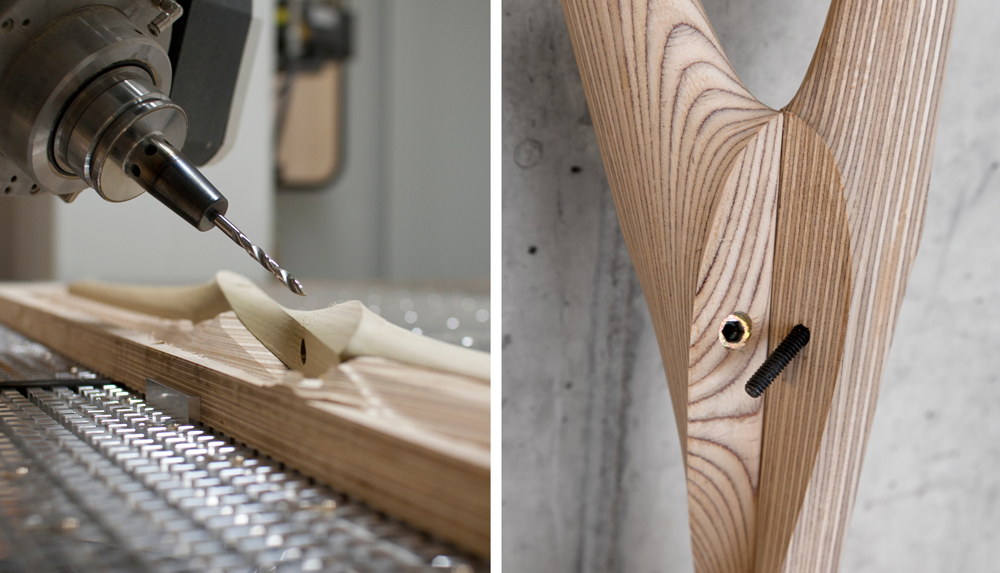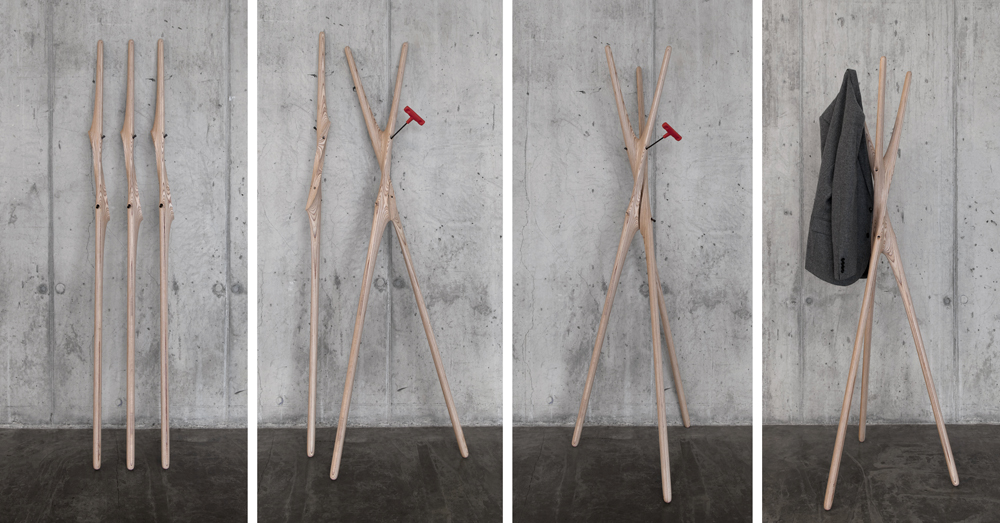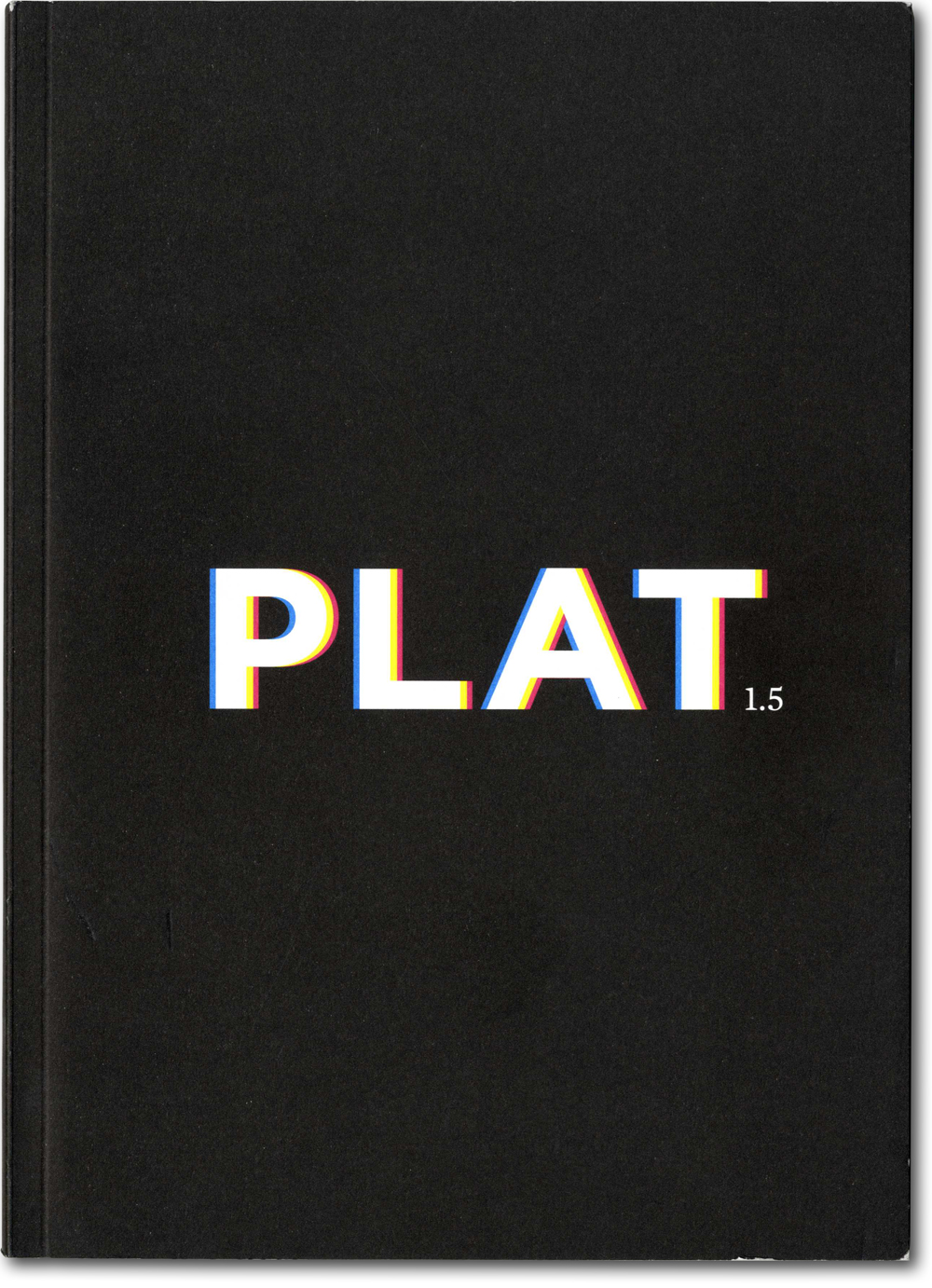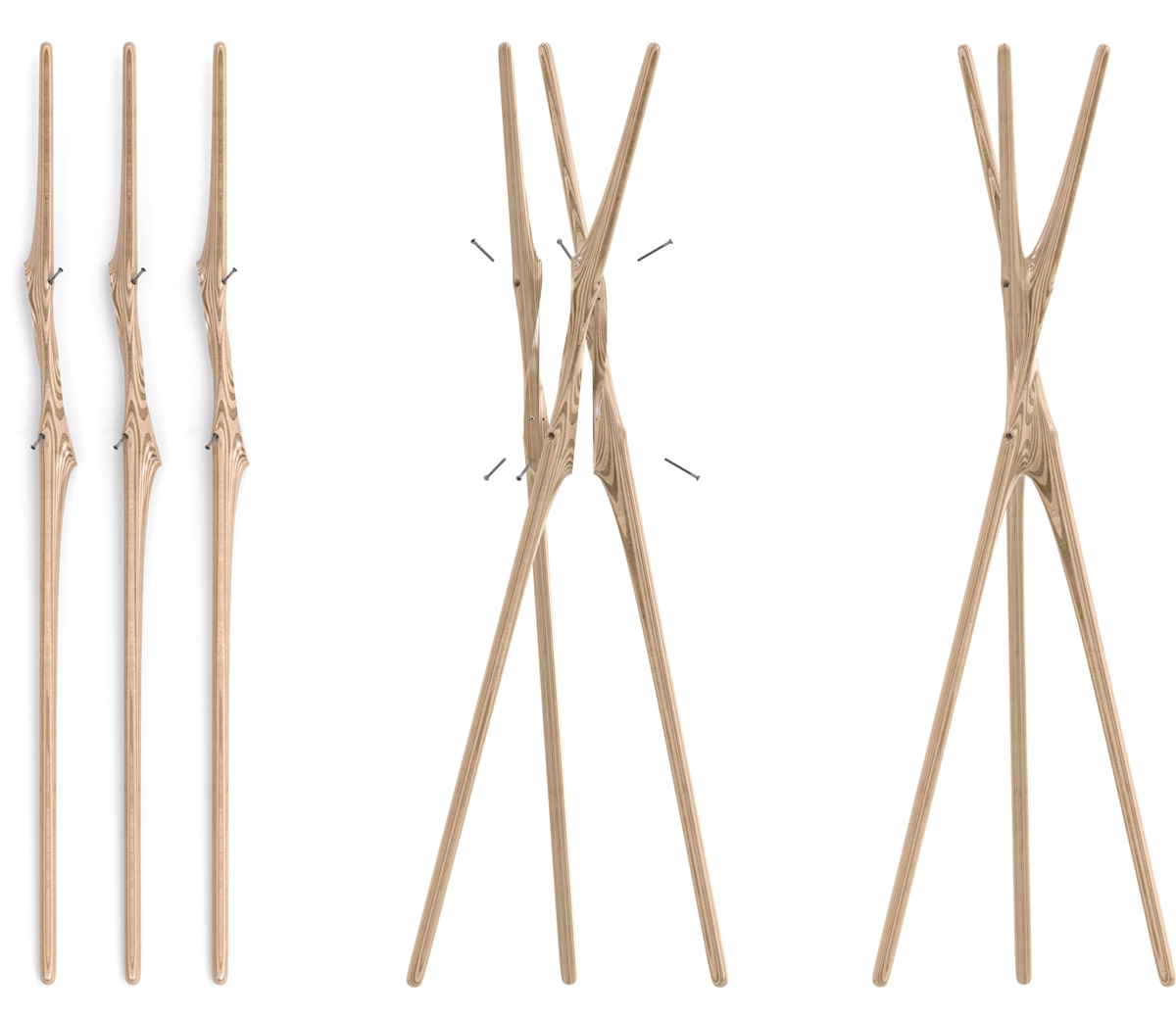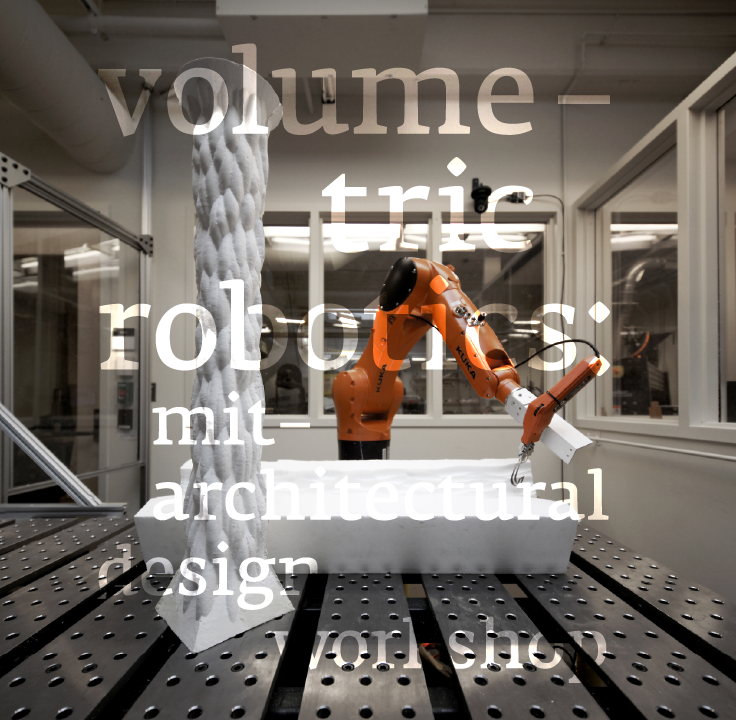 Please join us for the opening of the exhibition titled Volumetric Robotics on March 19 at 6pm at the BSA Space in Boston. For more information on the opening, please visit the BSA Space website.
Please join us for the opening of the exhibition titled Volumetric Robotics on March 19 at 6pm at the BSA Space in Boston. For more information on the opening, please visit the BSA Space website.
While some hold on to notions of alien intervention, Brandon Clifford, Belluschi Lecturer at Massachusetts Institute of Technology and curator of the exhibition Volumetric Robotics, argues that ancient civilizations like the Inca were much more advanced in their knowledge of volumetric construction than we are today. It is a rare occasion when we construct with massive blocks of stone these days.
Since the Industrial Revolution, the design industry has favored economically friendly, often thin veneers for the cladding of structural volumes. Such an assumption about efficiency neglects the potential of various ancient and lost methods to produce superior external skins. This is why we are in awe of the Inca: We simply can’t explain how their work was possible.
The show includes a “cabinet of curiosities” containing artifacts and tools, footage of a robotic arm carving volumetrically, and prototypes of walls and columns fabricated by the same robot. Also included is new research from the MIT School of Architecture and Planning that explores ways to recapture methods of carving stone in the digital era.

